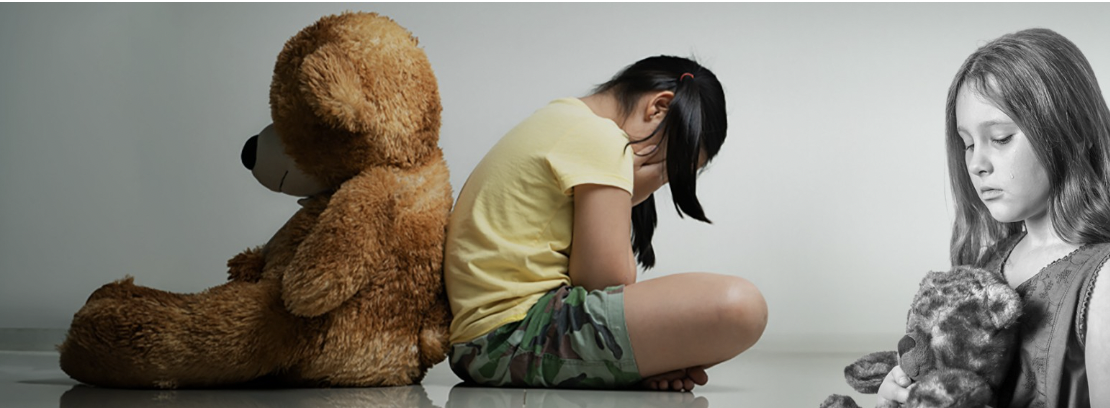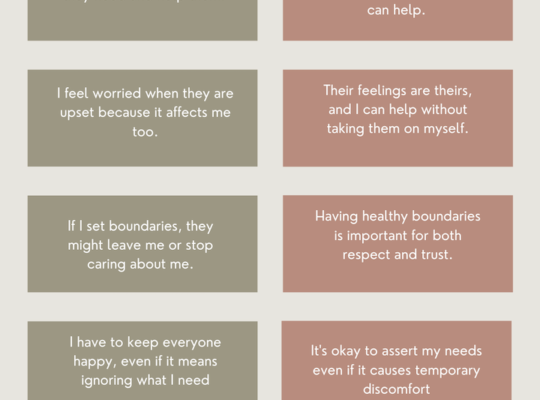
How our childhood experiences shape the way we handle emotions in adulthood. Picture childhood trauma as a powerful force that molds our emotional landscape, leaving lasting imprints like echoes from the past that influence our grown-up feelings. We’re not just talking about ordinary challenges; we’re addressing the substantial issues that weigh heavily on us. As we examine emotional avoidance, we uncover the roots of our emotional dance, tracing back to those early days when survival instincts came into play. The significant part is this—by understanding the connection between childhood trauma and our emotional responses, we’re not just gaining insight; we’re reclaiming control. This journey involves discovering effective ways to navigate emotions, planting seeds of resilience and emotional well-being. It’s time to rewrite the story of our emotions.Neglected childhood traumas are contributing to a surge in mental health issues.
The Hot Stove Metaphor:
Close your eyes and picture a child, innocent and full of curiosity, yet bound by a painful reality. This child, much like a hand testing the waters on a hot stove, experienced burns every time they dared to express certain emotions. The scalding pain etched memories into their very being, creating an invisible script that would influence how they approached feelings as they grew older. Just as one learns not to touch the searing heat to escape pain, this child learned to sidestep those emotions altogether. The avoidance, like a well-rehearsed play, now guides their adult journey through the labyrinth of emotions, a consequence of the early lessons etched by childhood trauma.
Emotional Dodging
The Echo of Neglect:
Imagine a child whose feelings were often brushed aside or ignored. This child learns to play hide-and-seek with their emotions, creating a shield to protect themselves from the potential sting of expressing how they truly feel.
Spotlight on Unhealthy Coping:
1. Avoidance Tactics:
- Imagine: Pushing important tasks away, like delaying homework to escape the discomfort of facing challenging emotions.
2. Jumping to Conclusions or Catastrophizing:
- Think about: Always expecting the worst, a shield against the potential hurt of things not going as planned.
3. Constant Worrying:
- Feel the weight: Anxiety born from a sense of helplessness learned in childhood.
4. Seeking Validation:
- Visualize: Craving constant reassurance from others due to a lack of love or acceptance in early years.
5. Self-Isolation and Withdrawal:
- Picture: Building walls to keep emotions at bay, a learned response to avoid potential disappointment.
6. Emotional Eating and Substance Abuse:
- See the cycle: Turning to food or substances as a way to cope with emotions, creating a habit that’s tough to break.
The Healing Trail: Rediscovering Emotions
Healing starts by turning our attention to the feelings we’ve stashed away. Imagine it as meeting an old friend you’ve missed for years – daunting, yes, but also incredibly freeing. It’s about taking that courageous step to confront the emotions we’ve long tried to avoid.
Practical Steps:
- Recognize Triggers: Identify cues setting off trauma responses for better preparedness and acknowledge the patterns formed in childhood.
- Ground Yourself: Engage senses in the present moment to create a feeling of safety.
- Deep Breathing and Mindfulness: Use breath and mindfulness to shift focus from triggers.
- Engage in Self-Care: Prioritize activities bringing joy and relaxation for emotional healing.
- Seek Support: Connect with friends, family, or professionals during challenging times.
- Emotional Regulation Techniques: Explore journaling, meditation, or therapy to manage intense feelings.
- Educate Yourself: Gain knowledge about trauma and its effects to demystify triggers.
Embracing the Journey
Our journey through life is woven with the threads of childhood traumas, subtly shaping the adults we become. These early experiences leave an indelible mark on our choices, influencing every decision we make. Yet, as we courageously untangle the knots of emotional avoidance, let’s make a solemn commitment to break free from the patterns that bind us. Recognising the impact of our past is the first stitch in the tapestry of healing, akin to patching up a beloved quilt. Seeking support and confronting our emotions head-on are not signs of weakness; they are the milestones of personal growth. Remember, you are not navigating this transformative path alone! Embrace the empowering notion that it’s perfectly acceptable not to be okay – vulnerability is your strength. With time, empathy, and self-compassion, we can mend the fabric of our lives, stitching together a narrative that leads to a more radiant and authentic future.Healing and addressing childhood trauma is crucial for cultivating a happy and healthy brain.









This is relatable
[…] to heal from deep-seated wounds. If you’re interested in gaining a deeper understanding of how childhood trauma shapes our personalities in adulthood, I highly recommend checking out my article on the […]
[…] various conditions, and managing health challenges throughout life. Art can be therapeutic for healing trauma, it involves expressing emotions and experiences through creative means. Engaging in art, allows […]
[…] strong social bonds and wanting to connect has been really important for survival. When something traumatic happens, our natural urge to connect with others becomes even stronger as a way of dealing with it. This connection-seeking is like leaning on the […]
[…] in family analysis. The Bateson group believed that the solution wasn’t just fixing the child’s behavior but addressing the family system’s dysfunction. Once these issues were resolved, the […]
[…] generation to another. This facade hides and suppresses wounds stemming from issues such as abuse, neglect, trauma, attachment problems, depression, anxiety, and family […]
[…] address and overcome intergenerational trauma and its effects. Children often internalize their parents’ trauma, leading to codependency or anxiety about unpredictable behavior. Systems of patriarchy passed down […]
[…] Rorschach tests reveal a profound truth: traumatized individuals perceive the world fundamentally differently. They often remain tethered to their past, unable to […]
[…] others’ happiness or thinking they are unworthy. These negative thoughts usually stem from childhood experiences and reinforce a sense of inadequacy. However, by becoming aware of these thoughts and actively […]
[…] isn’t just about honesty and reliability—our ability to trust others is often shaped by early childhood experiences, as well as our attachment style. According to attachment theory, developed by […]
[…] other times from more recent experiences. When you encounter a situation similar to those past moments, your brain fires up and makes you feel something intense, like anger, sadness, anxiety, or […]
[…] romantic bonds we form later in life. Whether we realize it or not, the emotional patterns set in childhood echo throughout our romantic lives. Understanding how the parent-child relationship affects our […]